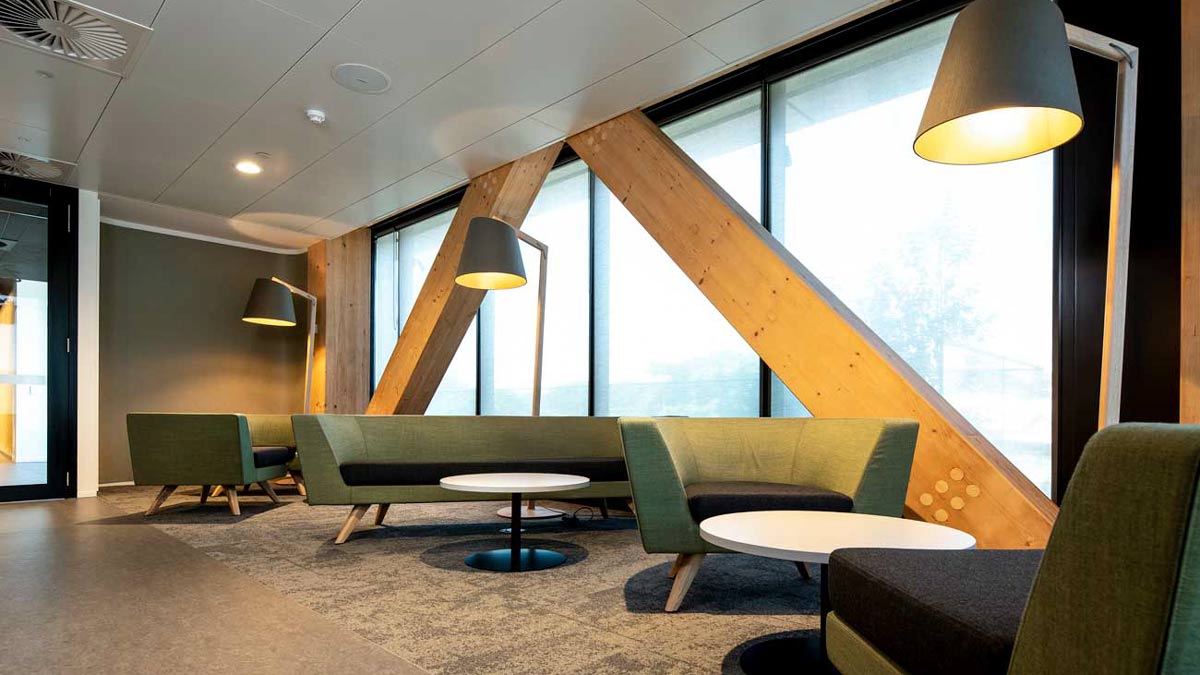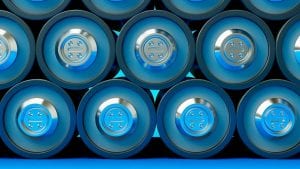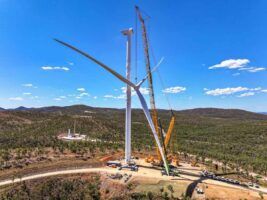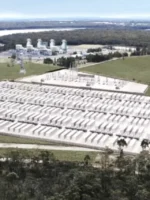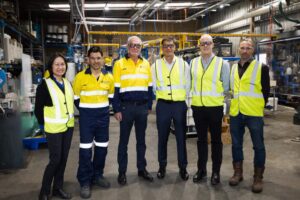Australia’s government-owned green bank wants to boost the amount of timber used as construction materials in large-scale projects, launching a new $300 million fund to invest in ventures with the potential to reduce the embodied emissions in buildings and major infrastructure.
Through the new Timber Building Program, the CEFC will invest in projects that will use low emissions timber products in large construction projects and can demonstrate that the use of timber materials will lead to reductions in greenhouse gas emissions.
The Green Building Council of Australia has estimated that around 16 per cent of emissions from Australia’s ‘built environment’ are embodied in the materials used in construction, and CEFC CEO Ian Learmonth said that innovations in timber products have provided an opportunity to use sustainable materials as part of a broader push to decarbonise the economy.
“Timber has been used in construction for generations. Innovations in engineered wood products have created new opportunities for mass timber construction to be used in larger projects, creating the potential for immediate and long-term environmental benefits,” Learmonth said.
“Our new Timber Building Program will help finance this transition by encouraging owners, developers and builders to use lower carbon engineered wood products in their projects. The CEFC has a strong track record in financing new market developments, from large-scale solar to cleantech start-ups. We are excited to bring this expertise to sustainable construction.”
The CEFC said that it had undertaken its own research into the emissions footprint of the Australian construction industry, finding that materials like steel, aluminium and cement can be both emissions intensive and challenging to decarbonise.
The government green bank estimated that the use of timber as a building material could achieve emissions reductions of as much as 75 per cent compared to the embodied emissions in equivalent steel and concrete structures.
The fund had previously suggested that a global market as large as $65 billion could exist for low carbon building materials.
The CEFC will provide up to $300 million in debt finance for projects meeting the fund’s requirements, including construction projects for commercial office buildings, healthcare, and education infrastructure, as well as retail and industrial buildings.
The CEFC’s director of property investment, Ryan Rathborne, said the new investment could help establish new timber material industries in Australia.
“The time is right for the development of more timber buildings across the property sector. By locking in mass timber construction in new projects, we can also help develop local skills and experience, supply chains and delivery capabilities, all of which can catalyse more timber-based building activity into the future,” Rathborne said.
“We are already seeing early adopters incorporating these new materials in their construction. Our goal is to accelerate this trend, working with the property sector to create a cleaner, more sustainable built environment.”
Federal assistant minister for forestry and fisheries, Jonno Duniam, said the fund could ultimately boost demand for Australian forestry products.
“Forest industries make an enormous contribution to rural and regional communities across Australia and employ over 65,000 people,” Duniam said.
“This Program is another key initiative that will help to incentivise the making of more innovative forest and wood products right here in Australia and create more jobs in the regions.”

